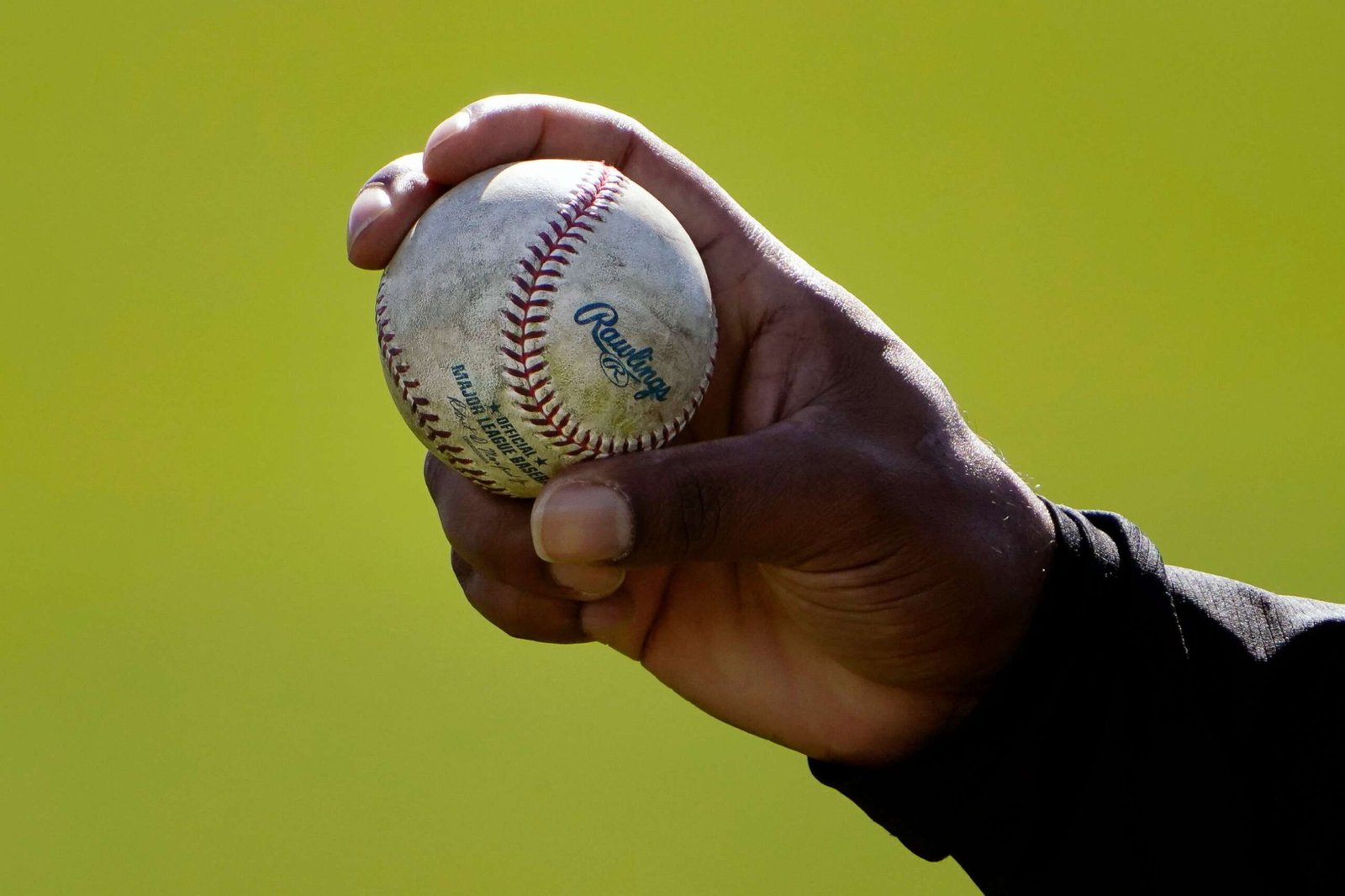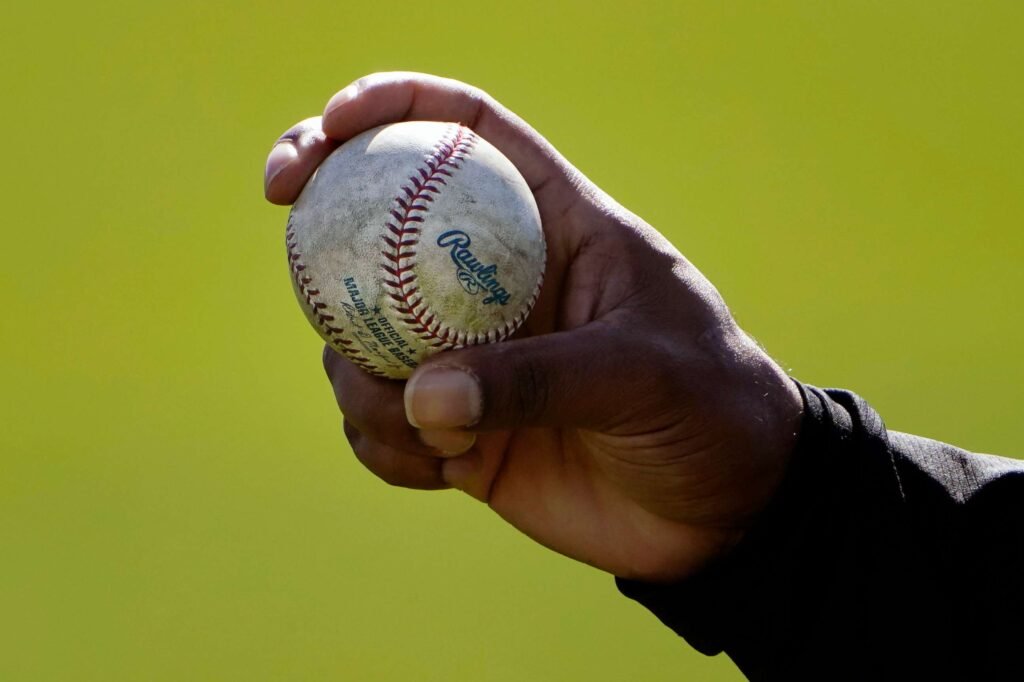
When it comes to sports, we often focus on speed, endurance, or strength, but there’s another unsung hero that plays a huge role in an athlete’s success: grip strength. Whether it’s a firm handshake, the connection between bat and ball, or maintaining balance in challenging environments, grip strength is often the secret weapon that helps athletes perform at their best.
From racquet sports to weightlifting, grip strength is critical. It’s the link that ties together an athlete’s full physical potential, contributing to nearly every aspect of athletic performance. In this article, we’ll take a deep dive into why grip strength is so important, and how incorporating the Louisville Slugger XBALL into your training routine can take your performance to the next level.
Grip Strength: The Hidden MVP of Athletic Performance
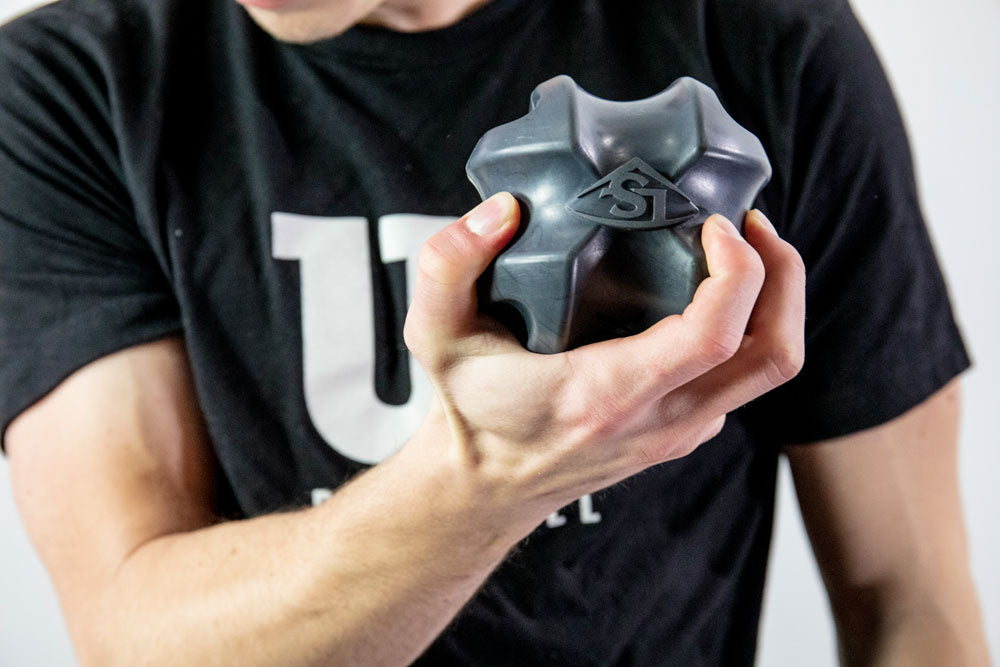
Grip strength might not get the same attention as other athletic qualities, but it’s a cornerstone for many sports. It’s the foundation for any sport that requires you to control or manipulate an external object—think about how crucial it is to grip a golf club, maintain control during a tennis match, or hold onto a climbing wall.
Having a strong grip doesn’t just give you better control over the objects you interact with; it can also help you exert more force and prevent injury. In the high-stakes world of competitive sports, where milliseconds can decide the outcome, a powerful grip can be the game-changer you need.
Why Grip Strength Matters: The Hidden Benefits

A strong grip isn’t just about being able to hold onto something tighter. It’s about enhancing your overall physical performance in a number of important ways. Let’s take a look at how grip strength can help athletes of all levels:
1. Boosted Performance in Specific Sports
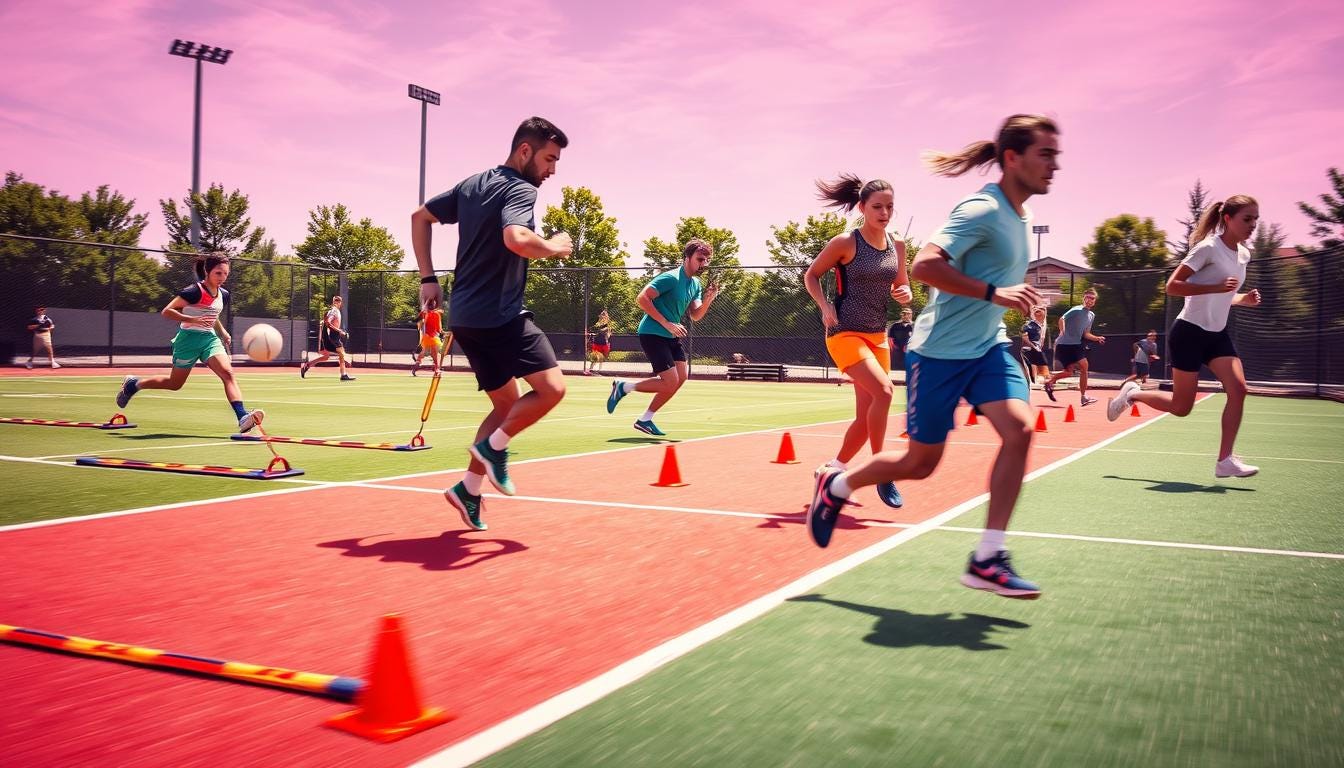
Sports that require significant grip strength—such as baseball, wrestling, gymnastics, and rock climbing—show a direct link between grip strength and better performance. For instance, a baseball player with a strong grip can more easily control their swing, leading to more consistent hits and longer distances. Wrestlers and gymnasts rely on their grip strength to perform complex moves, and a weak grip can mean the difference between success and failure.
2. Injury Prevention and Stability
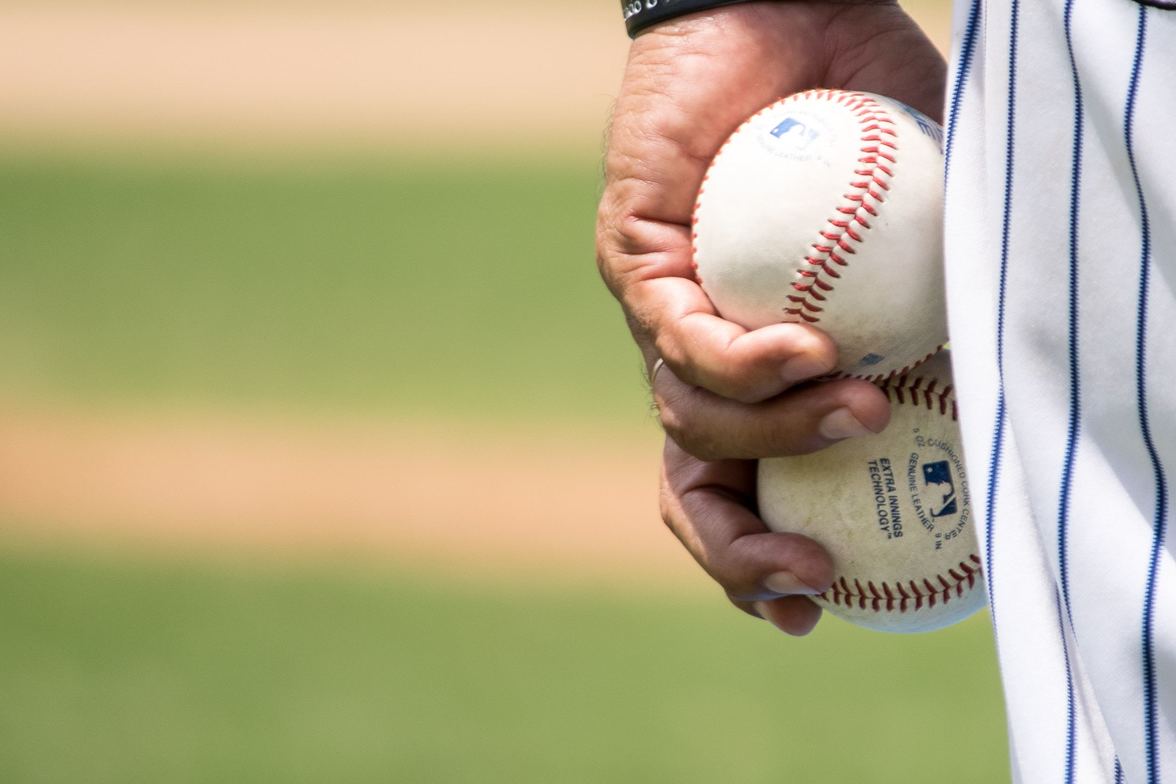
A strong grip doesn’t just benefit your offensive capabilities—it’s crucial for your defense, too. By helping stabilize joints and maintain body alignment, a solid grip can significantly reduce the risk of injury. Having better control of your body and movements can prevent unnecessary strains and injuries.
3. Improved Overall Strength and Power

Since your hands are the first point of contact when lifting weights or pushing against resistance, improving grip strength can have a positive effect on your overall strength. A stronger grip allows you to generate more power and improve your performance in many different sports.
How to Train for Grip Strength: Techniques and Tools

So, how can you work on your grip strength to maximize your performance? There are a variety of methods and tools out there that can help athletes build up their grip strength, from traditional exercises to more innovative equipment.
Traditional Grip Training Techniques
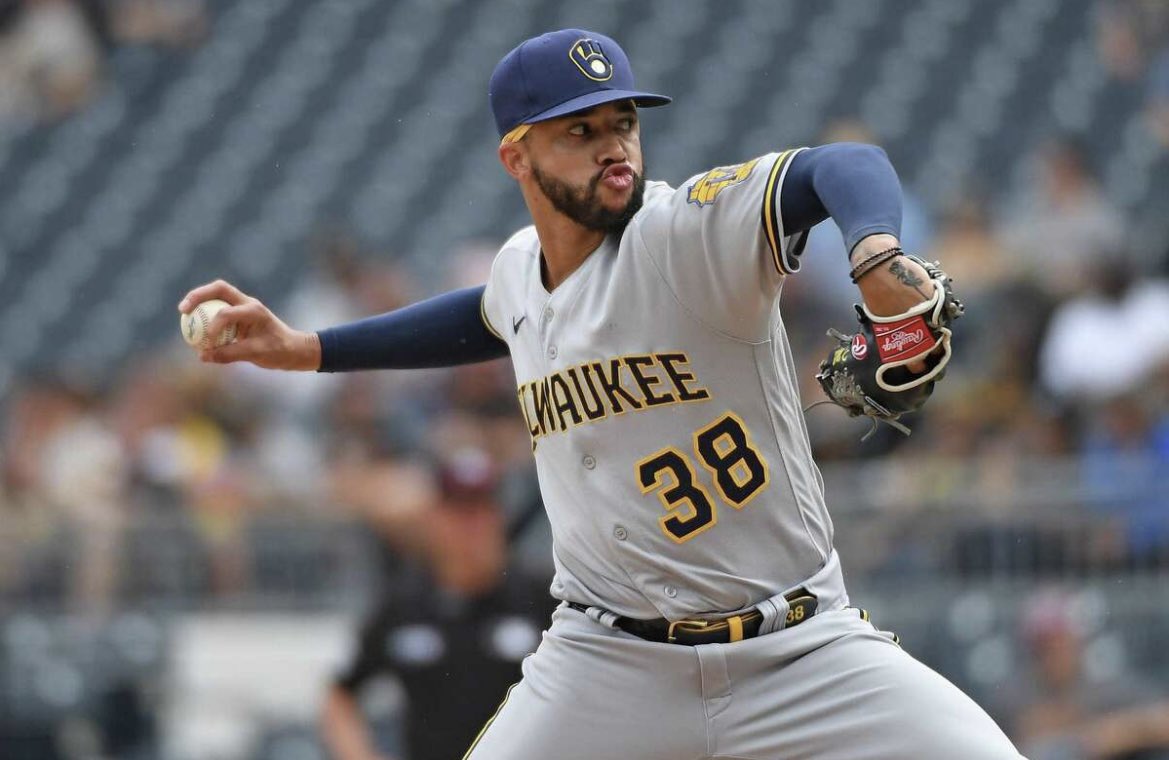
There’s a reason traditional grip training has been around for so long—it works. Here are some exercises that can help you improve your grip strength:
- Isometric Exercises: Static bar hangs, plate pinches, and other exercises that involve holding a position for an extended period can significantly improve endurance.
- Dynamic Movements: Movements like farmers’ walks and kettlebell swings challenge grip strength while also working on other areas of the body, improving both strength and coordination.
Innovative Equipment for Grip Strength

One of the most innovative tools available for grip training today is the Louisville Slugger XBALL. This unique tool is designed to mimic the size and feel of a real baseball, offering athletes the opportunity to train their grip while simulating real-game conditions. It’s perfect for athletes who want to train not just their grip, but also their core and overall body stability.
With its versatility, the XBALL is great for simulating various sports-specific grip requirements and helps athletes develop a firmer hold while performing exercises.
Tailoring Grip Strength Training to Your Sport
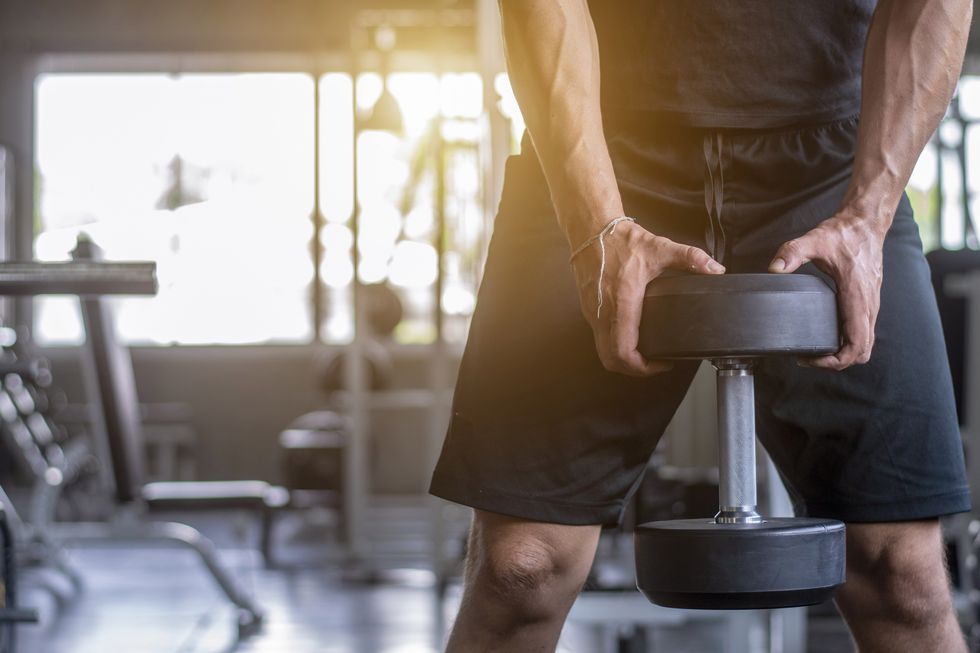
Every sport has its own specific grip requirements. Whether you’re a powerlifter, a baseball player, or a climber, it’s important to adjust your grip training to meet the demands of your sport. Let’s take a look at some of the best ways to train for grip strength depending on your athletic focus.
1. Combat Sports and Hockey

In sports like boxing, judo, or ice hockey, where you’re constantly facing opponents trying to break your grip, improving grip strength is essential. Training methods might include exercises where you vary the resistance levels, such as squeezing exercises, or plyometric hand movements that develop speed and reflexes.
2. Climbing and Powerlifting

For climbers, who rely on a grip to hold their body weight, and powerlifters, who need a firm grip for heavy lifts, the training focus should be on static contractions. Exercises like hanging from a bar or holding weights for long periods are key to building the endurance and strength needed for these activities. The XBALL is perfect for these types of exercises, providing a firm, realistic grip.
3. Baseball
For baseball players, grip strength is absolutely essential. Whether you’re pitching, hitting, or fielding, a strong grip helps you control the ball, generate power during a swing, and make secure, quick throws. To build grip strength for baseball, players should focus on forearm pronations, wrist curls, and resisted finger movements.
Using the Louisville Slugger XBALL in your training routine adds another dimension to grip training, giving you the tactile experience of gripping a real baseball while strengthening the specific muscles used in the game.
4. Endurance Sports

Even in endurance sports like rowing, grip strength plays a critical role. Rowers, for example, need to maintain a steady grip throughout their race. To build grip endurance, athletes can mix static and dynamic exercises, focusing on maintaining grip strength for long periods.
Coaches’ Playbook: Integrating Grip Strength into Training

Coaches play a critical role in helping athletes develop their grip strength and integrating it into their overall training plan. Here’s how coaches can structure a grip-strength program:
1. Planning and Periodization

Grip strength training should be strategically incorporated into an athlete’s overall training plan. Coaches should assess the demands of the sport and the athlete’s current grip strength, then build a periodized training cycle that targets grip strength without compromising other aspects of physical development.
2. Progressive Overload
.jpg)
To continue improving grip strength, coaches should focus on progressively increasing the intensity of grip training. This could involve gradually adding more resistance, holding weights for longer periods, or increasing the difficulty of exercises.
3. Skill Transfer

Grip strength training should always focus on movements that have a direct skill transfer to the sport. Whether it’s improving a pitcher’s control or a wrestler’s grip on their opponent, the goal is to develop a stronger grip that directly enhances an athlete’s performance in their specific discipline.
Frequently Asked Questions (FAQs)
1. What is grip strength, and why is it important?
Grip strength refers to the ability to exert force with your hands and fingers. It’s crucial in nearly every sport, from holding onto a tennis racket to controlling a weight or climbing a wall. A stronger grip leads to better performance, injury prevention, and overall strength.
2. How can I improve my grip strength?
There are several ways to improve grip strength, including traditional exercises like static bar hangs, plate pinches, and dynamic movements like farmer’s walks. Using specialized equipment like the Louisville Slugger XBALL can also help by mimicking real-game scenarios.
3. How does the Louisville Slugger XBALL help with grip strength?
The XBALL is designed to mimic the size and feel of a real baseball, making it ideal for sports like baseball. It not only improves grip strength but also engages core muscles, offering a comprehensive approach to training.
4. What are some sport-specific grip training tips?
For baseball players, exercises like forearm pronations and wrist curls are key. Combat athletes and hockey players should focus on squeezing exercises, while climbers and powerlifters need static contraction exercises to build endurance. The XBALL can be used for a variety of sport-specific training needs.
5. How often should I train grip strength?
Grip strength should be trained consistently but not excessively. Incorporating grip training into your regular routine a few times a week is ideal for improving strength without overloading your muscles.
Conclusion: Grip Strength = Victory
Grip strength might not always be in the spotlight, but it’s an essential piece of the puzzle when it comes to athletic success. Whether you’re lifting, swinging, climbing, or grappling, a strong grip enhances your overall strength, power, and control. With the right training tools like the Louisville Slugger XBALL, athletes can take their grip strength to new heights and perform at their peak potential.
As athletes and coaches continue to explore new ways to push their limits, grip strength should be recognized as a fundamental component of athleticism. By investing in targeted grip-strengthening exercises and tools like the XBALL, athletes can unlock new levels of performance and achieve victory in their sport.

